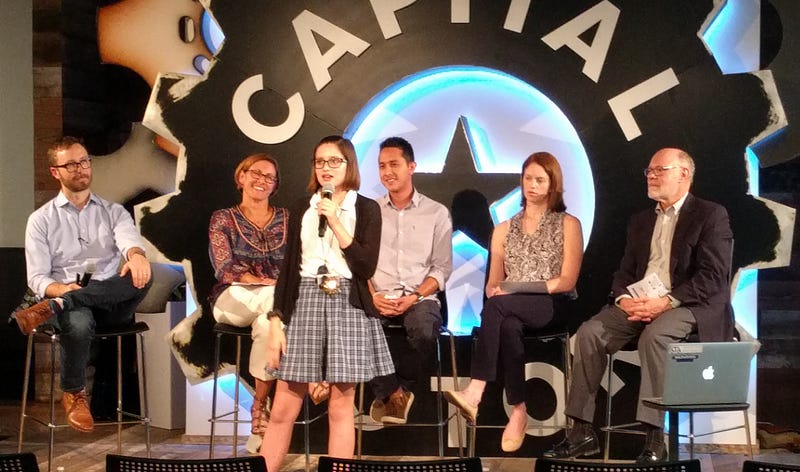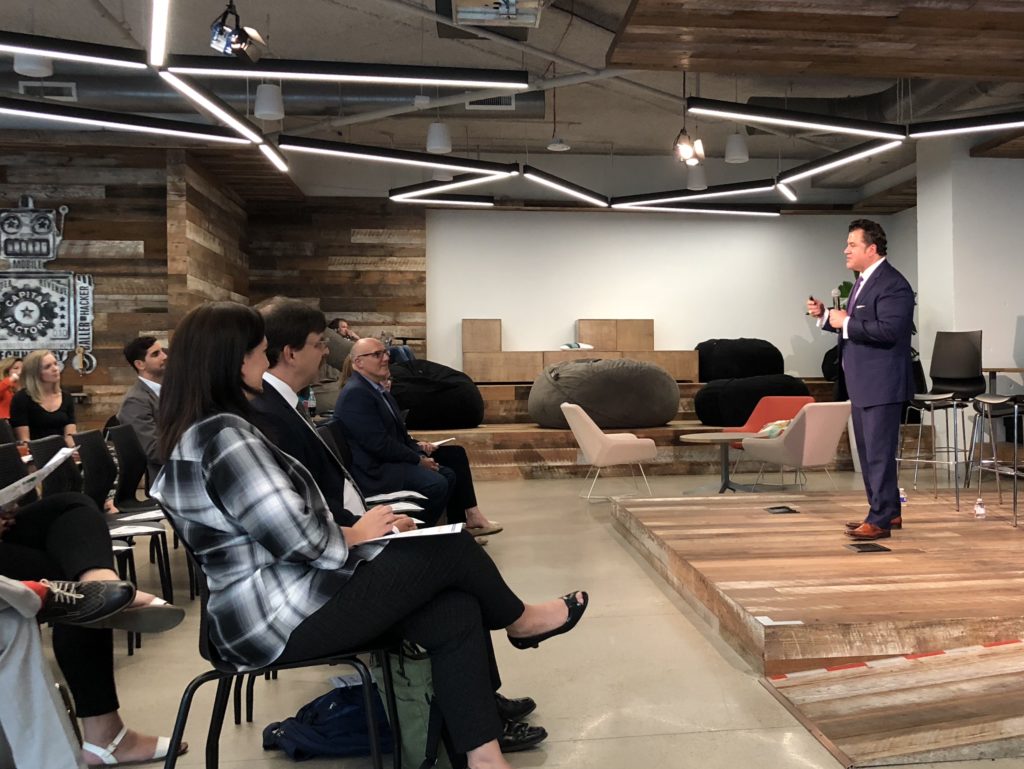On October 4, Austin Tech Alliance, Austin Young Chamber, and Austin Young Lawyers Association collaborated on a community conversation about Austin ISD’s proposed bond.
With the proposal up for a public vote on the November 7 ballot and early voting beginning on October 23, there’s no better time to educate yourself about the bond and its impact on Austin’s tech sector.
Here are three takeaways from the event:
#1: The bond focuses on creating 21st century learning spaces without a tax rate increase
Austin ISD Superintendent Dr. Paul Cruz provided an overview of the bond, which includes 16 new or modernized schools throughout the district and technology and facility support for all 130 schools.

The proposal was built out of a two-year community engagement process, which led to a 20–25 year facility master plan that will guide future projects. The two-year process involved 38 Facilities and Bond Planning Advisory Committee meetings, more than 5,000 individual inputs, and 500 engagement opportunities.
Dr. Cruz also spoke about the bond’s creation of flexible learning spaces as a means of helping students to develop the complete skillset that employers value today: communicating well with others, thinking creatively, and understanding how to work with others in a collaborative setting.
Austin ISD Trustee Julie Cowan echoed those remarks, noting that the average age of an AISD school is 46 years old. Trustee Cowan said that previous bonds were often efforts at band-aiding large scale facilities problems, but this time is different: “I couldn’t be more proud and feel justified in going to the public to ask for what we need in this bond.”
#2: A community’s commitment to its education system matters
Sandy Dochen, IBM’s Manager of Corporate Citizenship & Corporate Affairs, put it this way: “the public school systems are integral parts of the dynamic strength of a city.” When IBM and other companies make decisions on where to invest, a region has to have an excellent education system, arguing that “education and economic development are two sides of the same coin.”
Tony Aguilar, founder of Student Loan Genius and Chipper, mentioned the need to close the gap between how our young students, who are digital natives, learn and how our school facilities are structured and actually operate. Plus, access to modern technology is important to help reach Austin’s shared community goal to grow tech talent right here at home.
#3: Strong schools benefit tech employees — and their children
Nicole Vickey, founder of Dinner Elf, is part of Austin’s tech sector and a parent of two children in AISD schools.
Elle, her older daughter, is a student at the Ann Richards School for Young Women Leaders and spoke to the crowd about the facilities needs there — including critters living in the ceiling of the library and how a group of entrepreneurial students created a “kittens in residence” program for feral cats in conjunction with Austin’s animal shelter.

The Ann Richards School is housed in what was a middle school built for three grade levels about 60 years ago. Right now they host seven grades, 6th through 12th, in a building with rusty plumbing, rodent issues, and an unusable track, resulting in one of the very worst facility condition assessments in the district. But despite those facility challenges, the young women graduating there over the past five years have earned $39 million in merit-based scholarships. Vickey urged the crowd to “imagine what the investment in that facility would do for them over the next five years.”
More information
Austin ISD has an FAQ page and a 190-page bond booklet (.pdf) that gets deep into the weeds. Plus here’s video of the event:
https://www.facebook.com/austintechlive/videos/1659918694053261/

